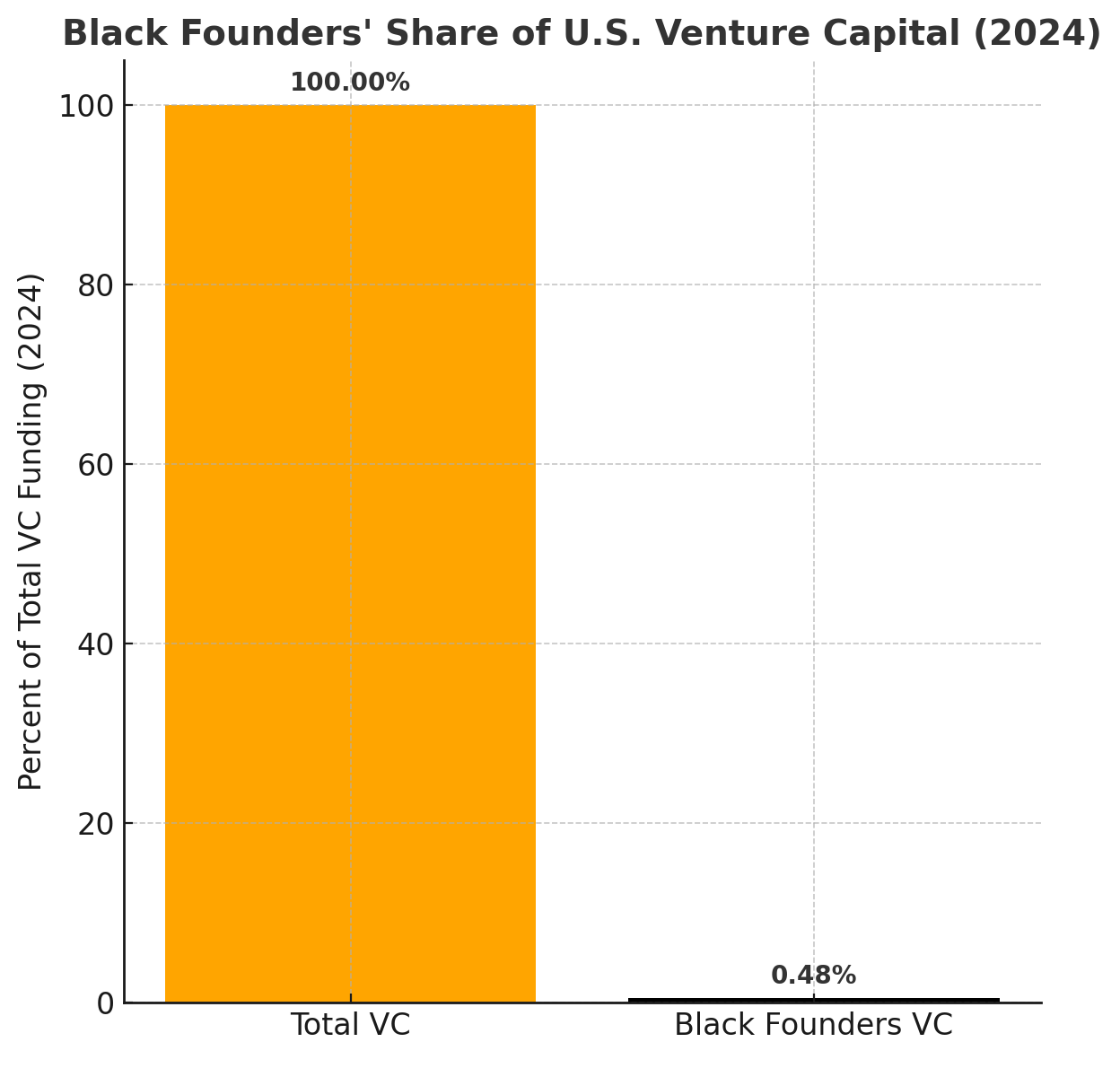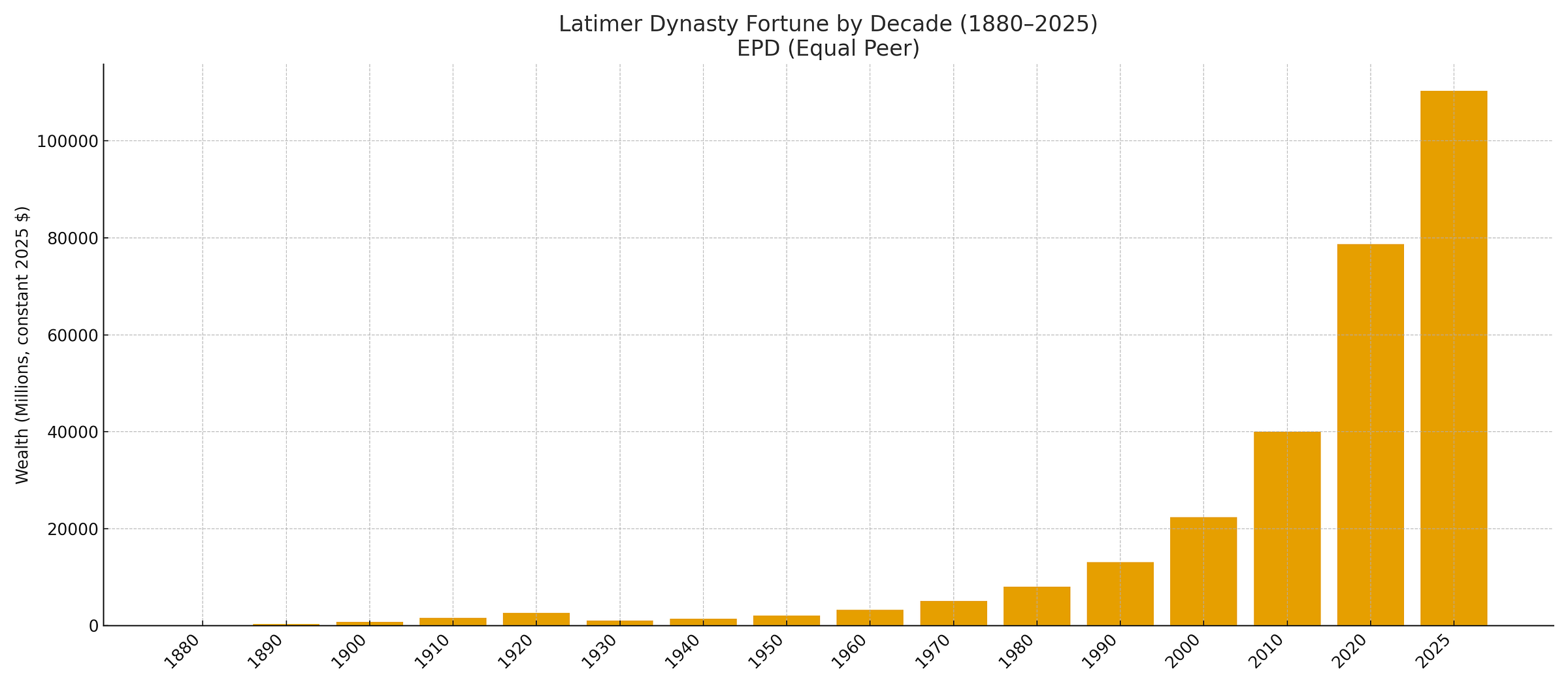The story of Black innovation in America is often one of delayed recognition. Lewis Howard Latimer (1848–1928) was born in Chelsea, Massachusetts, to George and Rebecca Latimer, who had escaped enslavement in Virginia. His very existence was an act of contradiction: a Black child born free into a world designed to erase him.
Out of that contradiction, he carved brilliance.
Latimer became a draftsman, engineer, and inventor whose work stands at the foundation of modern life. He drew the patent diagrams for Alexander Graham Bell’s telephone. He invented the process for manufacturing carbon filaments that made Edison’s light bulb commercially viable, shifting electricity from novelty to infrastructure. He wrote Incandescent Electric Lighting in 1890, one of the earliest books explaining the Edison system, and he was the only Black charter member of the Edison Pioneers.
And yet: when Latimer died in 1928, he left behind only modest means. His name was subordinated in public memory, his contributions eclipsed by white contemporaries who built dynasties. Edison and Bell became household names; Latimer, too often, a footnote. This is what we mean by the gradient of inherited invisibility (∇I): the structural slope that drags Black brilliance downward even as it powers progress.
What Should Have Been
If Latimer had been treated as a peer — if he had held and defended the patents on his work as Edison and Bell did — his estate at death could have been worth $50–100 million in 1928 dollars. That’s close to one to two billion in today’s money. That difference is not just wealth; it’s the seed of dynastic compounding.
From such a base, the Latimer family could have grown wealth across generations. Managed conservatively, like the Rockefellers or DuPonts, they might hold $100–150 billion today. Managed more aggressively, like the Cargills or Kochs, the figure would approach $600 billion. And if the erasure that defined Latimer’s own life had not only been removed but flipped into advantage — if Black genius had been fully capitalized — the family could plausibly hold $1.65 trillion in 2025.
A trillion. With a “t.”
Compare this to the dynasties we do remember. The Rockefeller family, built on oil, holds around $10 billion today. The DuPonts, tied to chemicals, around $18 billion. The Cargill-MacMillan family, in agribusiness, $60 billion. The Waltons, in retail, $250 billion. By every measure of invention and infrastructure, Latimer’s heirs should stand alongside these names — and very likely above them.
The Age of Acceleration
The 21st century has made these gaps even starker. In 2000, Jeff Bezos was worth less than $5 billion; Elon Musk less than $100 million. In barely two decades, both surpassed $200 billion. Wealth does not grow linearly anymore; it accelerates. It bends upward with equity markets, network effects, and global platforms. A Latimer dynasty, if it had been seeded in 1928, would not only have endured — it would have exploded in the billionaire era.
The Latimer Equation
This is where the Latimer Equation offers both diagnosis and remedy. It formalizes the pattern Latimer lived — and the pattern Black innovators continue to live — while pointing toward the solution:
ℒ = ∇𝐼 (𝑀 × Δ𝑇)
Here:
ℳ (Material Alignment) means capital, protection, platform, procurement — not applause.
ΔT (Temporal Disruption) means collapsing the lag between contribution and recognition, shifting support into the present.
∇I (Gradient of Invisibility) is the cultural drag, measurable in funding gaps, credit gaps, exposure gaps, and media erasure.
𝔏 (Legacy Activation Potential) is what results when real resources are aimed across time directly against that drag.
If ℳ is only symbolic and ΔT is deferred, then 𝔏 → 0. Praise without resourcing activates nothing. But if ℳ is concrete, ΔT is front-loaded, and resources are aimed into the counter-gradient, 𝔏 grows. Legacy is activated in the now.
Latimer’s life was the test case. His genius was undeniable; his material alignment was deferred. The result: erasure in his own time, remembrance too late.
Why This Matters Now
The stakes of ∇I are not history. They are present. In 2024, Black founders received just 0.4% of U.S. venture funding — a number that has actually shrunk since the spike of 2020–21. Black workers remain underrepresented in engineering and invention. Exposure to innovation in childhood — the single strongest predictor of becoming an inventor — remains stratified by race and income. We are still reproducing the same pipeline of permission that kept Latimer’s genius under-capitalized. This gap between brilliance and backing is not accidental.
It is structured. It is measurable. And it is costly.
The Latimer Equation teaches us how to invert this. Fund, protect, platform, and credential Black entrepreneurs while living. Collapse ΔT. Align ℳ against ∇I. Flip drag into drive.
The Summit Point
Lewis Latimer was not a footnote to Edison or Bell. He was a gifted engineer, draftsman, and inventor whose innovations transformed the infrastructure of modern life. Yet history remembers him—if it remembers him at all—through the frame of supporting cast. His ideations were absorbed into other people’s legacies, his labor folded into patents that enriched others. He lived in relative obscurity while others prospered from his genius.
Now imagine: if Latimer had received full recognition, capital, and authorship in his lifetime.
What industries would stand differently today if Black innovation had not been systematically deferred or erased? What intergenerational wealth, confidence, and pathways would have been seeded across the diaspora? What accelerations in technology, culture, and equity might have unfolded if “legacy” had been activated in the now instead of deferred to a mythical future?
The Latimer Equation names this truth with precision.
Legacy is not an inevitable outcome of time passing. It is the result of material alignment, strategically applied to counteract invisibility and collapse temporal lag. Latimer should have died a millionaire peer to Edison, Bell, and Rockefeller. His heirs should be billionaires—perhaps even trillionaires. If we do not disrupt the timeline, we will repeat it. Legacy is not what we remember later:
Legacy is what we choose to resource now.
The stakes are clear. Memorialization remains safer than investment. Yet reverence without resourcing perpetuates the same injustice that stymied Latimer. It creates future-tense myths instead of present-tense equity. Who we support today doesn’t just reshape the stories we’ll tell our grandchildren—it transforms the future they will inherit. Don’t wait until Black founders and innovators walk among the ancestors to honor their names and contributions.
Fund them now. Protect them now. Platform them now.
Celebrate them while they are alive. This is not charity. It is justice applied in real time. It is the conversion of memory into infrastructure, the transformation of “someday” into “today.” The measure of our commitment to equity is not who we name buildings after once innovators are gone. It is how we build their legacies while they still breathe. That is the disruption Latimer deserved, and the disruption Black innovators demand.
If it will matter in 150 years, make it matter now.




This is one of the best messages and tales of caution of read in some time, Jackie. Really loved this piece and plan to share it with some young entrepreneurs, and dreamers we’re supporting at the Wedge Innovation Center. Thank you for sharing this with us.
Outstanding piece!